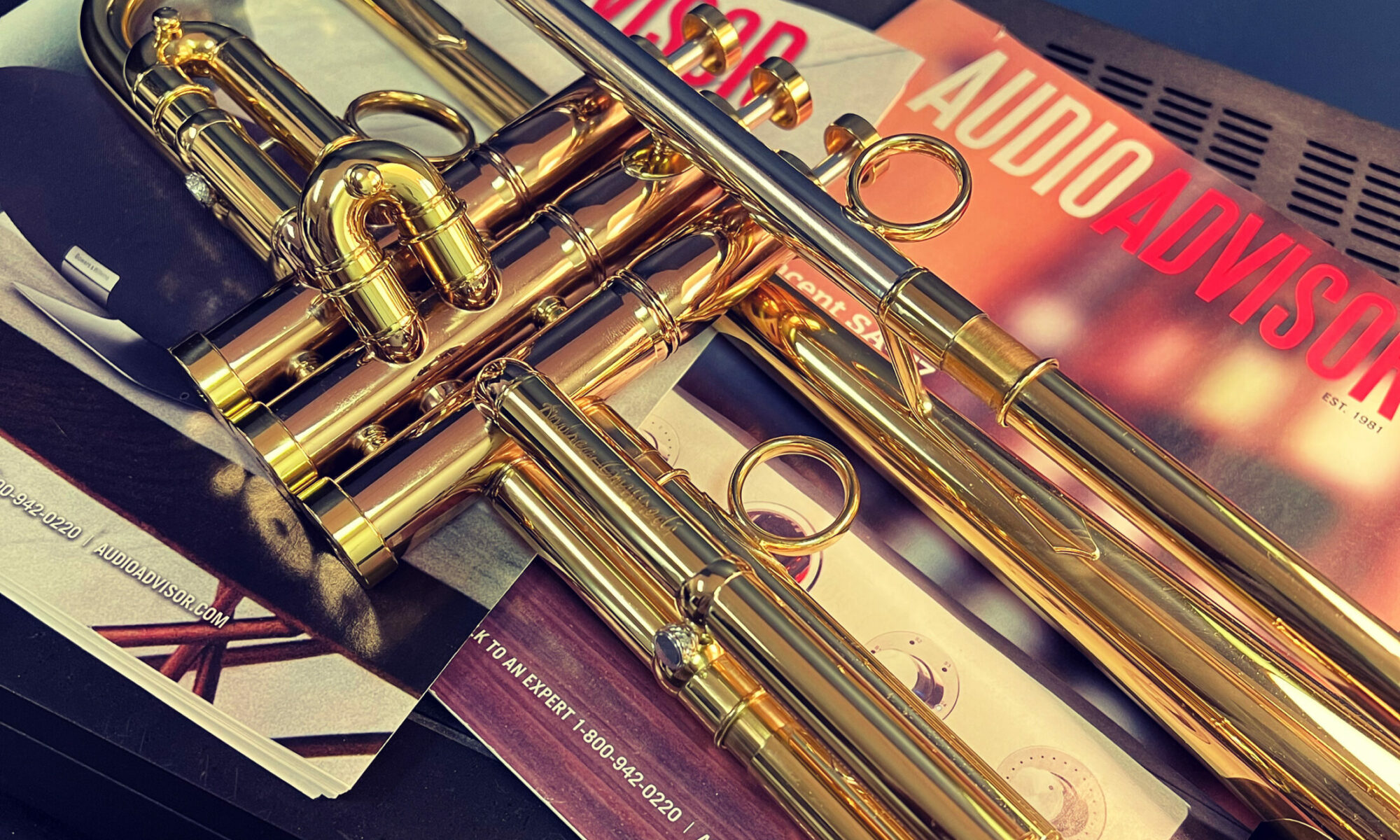Sometimes as brass players we forget to involve the brain as much as we should. Obviously, the brain is always active coordinating our breathing, lips, and fingers so that we may make a good sound and play the right notes at the right time. But, what about choosing the right note when playing a tune by ear or improvising a jazz solo? Is it C or C-sharp? How do you know? What about that little “thing” that Louis Armstrong adds to the ends of his phrases or long notes? Is it a shake? Lip trill? Maybe it’s vibrato? There’s a trumpet solo in the first movement of Mahler No. 5 marked molto portamento. What does that sound like? How do you play it? What about Tommy Dorsey’s slide vibrato on I’m Getting Sentimental Over You?
Dedicate 15 minutes of your weekly practice to playing by ear. Start out simple by playing easy songs (Amazing Grace, Happy Birthday, simple jazz tunes, etc.) from memory, trying to get as many right notes as possible on the first try. Try a different key. How about a song from the radio? Working on a solo or excerpt? Memorize the notes of a phrase and then get out of the music. Sheet music can trap us to just the notes on the page. Listen to a recording and imitate it. Find the music inside that phrase and get it to come out of your bell. Ignore the rhythm and tempo (gasp!) for a minute and just get the music. You can go through it with the metronome later. I guarantee your “batting average” will increase, and more importantly, your playing will have shape and begin to tell a story.
Amaze yourself by improving areas of your playing you’ve forgotten or haven’t discovered. It seems like brass playing is measured with a speedometer and altimeter. There’s more to playing an instrument than how fast or high you can play. Sure, that stuff helps, but is that why we play?
